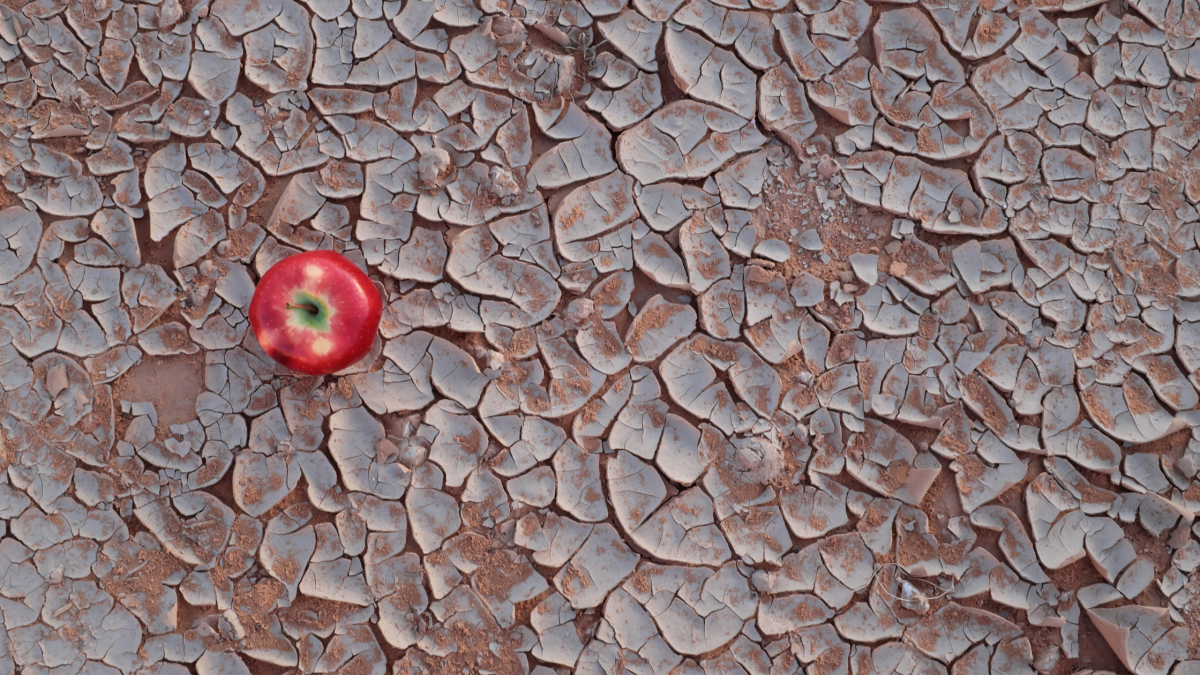All events are held virtually via Zoom
Plenary Session
“COVID’s Impact on Sustainable Communities’ Research and Activism”
10:00 – 11:00 AM
Deborah Sills
Bucknell University
Deborah Sills is an Associate Professor in the Department of Civil and Environmental Engineering at Bucknell University. Her research and teaching focus on energy recovery from biomass—such as algae, animal manure, and wastewater. In response to the CoVID19 pandemic, she (in collaboration with Marie Pizzorno, Biology) is using wastewater based epidemiology to monitor SARS-CoV-2 in Bucknell’s sewers.
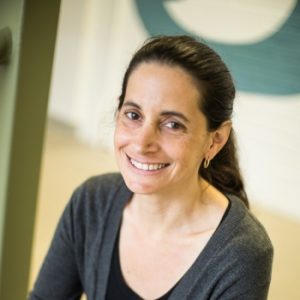
Elizabeth Durden
Bucknell University
T. Elizabeth Durden is an Associate Professor of Sociology at Bucknell University. A former Fulbright Fellow, she has published articles in International Migration Review, Journal of Latin American Geography, Social Science and Medicine, Migration Studies as well as the Journal of American Ethnic History. Her current research is exploring health inequalities in Central Pennsylvania.
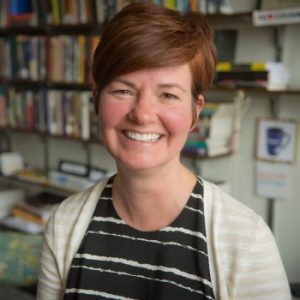
Emily Turner
Bucknell University
Emily Turner ’22 is a Political Science major and double minoring in Sociology and Legal Studies from Saratoga Springs, NY. Working with Professor Elizabeth Durden, she has been a research assistant studying the social determinants of health of white and nonwhite women and analyzed the reception of immigrants both historically and today in Virginia. She is also working on an independent study with the Bucknell Center for Sustainability and the Environment assisting Montgomery County in making a greenhouse gas inventory and an accompanying climate action plan. Emily enjoys learning about different social issues and hopes to attend law school in the future.
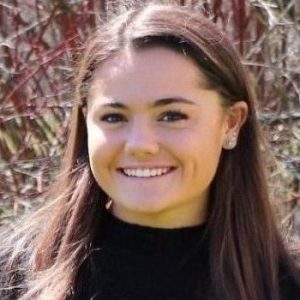
Riley Doyle
Bucknell University
Riley Doyle ’22 is an Environmental Engineering major from Essex Fells, NJ. She has been working with Professor Deborah Sills on various projects ranging from energy and resource recovery generated from algae and agricultural plastic waste to wastewater. As part of her research on monitoring SARS-CoV-2 through wastewater-based epidemiology, she is troubleshooting a new RNA extraction method developed at UC Berkeley. Riley enjoys learning about public health issues and has an internship at HRSD, a water utility in Virginia in their Research and Development department this summer.
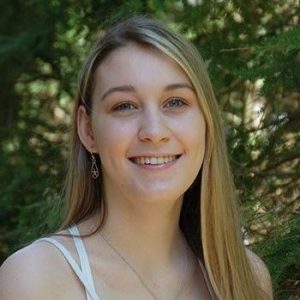
Oral Presentations
Session 1: Sustainable Living and Climate Change
11:00 AM – 12:00 PM
Meyers-Olinsky, J.
11 – 11:20 am
Williamsport: Rivertown Renaissance
At the end of the 20th Century, industrial loss, social changes, and moving to the suburbs had led to small town decline across rural America, including in the Pennsylvania rivertowns. In Williamsport, a major rivertown of the Susquehanna River, we brought people back to town, enhanced community and created a renaissance through art and design. The Main Street Program was the revitalization method we used. Main Street is a program of the National Trust for Historic Preservation designed to save America’s little downtowns and their history. The Main Street Program consists of four areas of focus: Organization, Design, Economic Restructuring and Promotion. What happened in Williamsport, what our Main Street Program fostered, is part of a national trend of the regionalization of the arts in America. This national trend is helping to create more sustainable communities throughout our nation. Regional arts are participatory. Instead of consuming, we create and we share what we create with each other and the community. Less consumption and more community is creating lifestyle changes that will help us to face the 21st Century challenges of technology, globalization, and climate change.
Parrish, S.
11:20 – 11:40 am
Soil Organic Carbon at Bucknell University: Land Management Controls for SOC% and Carbon Sequestration
In this final project for Geomorphology (GEOL316) I used field and lab analysis techniques in combination with peer-reviewed literature to analyze the Soil Organic Carbon% (SOC%) and carbon sequestration found across varying locations on Bucknell’s campus as a result of different types of land management techniques (LM) as well as how they can be adjusted to help the university combat climate change/ carbon emissions. Geomorphology (GEOL316) is an upper level geology class that studies physical processes shaping the Earth’s surface and the evolution of resulting landforms. Soil cores were taken at 0m and 50m along a 50m transect at 4 locations on Bucknell’s campus and a Public Farm with 0m at a higher elevation and 50m at a consecutively lower elevation. These 8 core samples were then analyzed in a lab to calculate Soil Organic Matter% (SOM%)→ SOC% using an approximated conversion factor of 1.72 (DPIRD, 2020). It was found that the highest SOC% found was the 50m core on Bucknell Farm at 5.97% and the lowest SOC% found was the 0m core on the Public farm at 2.97%. The cores taken at the other two field sites (Lawn, Grove) were found to contain SOC% on the lower end of the above range. Bucknell Farm produced the highest SOC% with a LM portfolio of organic N-based fertilizer, deep rooted conscious planting, no-tillage, and winter cover cropping. The Lawn, Grove, and Public farm (P-farm) produced lower SOC% with LM practices of inorganic pellet N-based fertilizer use (Lawn, Grove, P-Farm), non-native monocultured grass lawns (Lawn, Grove), tilling (P-Farm), and overall soil depletion without regenerative or mitigative efforts. The implementation of new LM practices such as the introduction of earthworm populations, reforestation/ agroforestry, conversion from inorganic fertilizer to organic N-based fertilizer, no tillage or reduced tillage, and the replacement of nonnative grass monocultures to native grass polycultures are all suitable and practical methods to increase SOC% across campus and further combat climate change on a University and community wide scale not commonly considered .
Jansson, P. and Udo, V.
11:40 am – 12 pm
Sustainable Residential Microgrid with Permaculture – A Building Block in Sustainable Communities of the Future
Established initially as a research station by the Bucknell University Sustainable Energy Research Team (BUSERT), the microgrid was created to demonstrate off-grid operation of a residential home using the power systems of a PV Array and natural gas generator to supplement typical grid power. Over the past six years the microgrid site has evolved to demonstrate more climate friendly alternatives to energy storage and to demonstrate the benefits of permaculture and organic practices that can be applied in to typical residential settings. The authors share the key elements of the systems employed at the site to decrease it’s carbon footprint overtime and to capture carbon in the process. The technologies include: electric hybrid transportation, photovoltaic array, ultra-high efficiency natural gas heating, load management control via the microgrid Raspberry-Pi, pyrolysis, pollinator gardens, perennial gardens, natural herb gardens and fruit and nut trees, organic compost supplementation and garbage/organics composting, rainwater capture, etc.
During the past few years the site has experienced increases in the insect (particularly bees), amphibian and small mammal populations as the landscape has become increasingly organic in nature. From a technology standpoint the microgrid has operational capability to pull power from the grid, send excess generation to the grid or operate in an islanding mode (without need for the grid). Taken in combination this installation has the ability to operate to minimize costs or to minimize carbon for the homeowner. It represents one small site which now demonstrates multiple ways that homes can contribute to reducing carbon in the future (through reduction in use or sequestering onsite) as well as becoming more self-sufficient in terms of the production of local organic produce for the occupants and their neighborhood.
Oral Presentations
Session 2: Food Justice and Waste
12:00 – 1:00 PM
Lazarczyk, C. and Behr, S.
12 – 12:20 pm
Reducing Food Waste in Restaurants
Problem Statement: The US wastes nearly 40% of our food, creating 125-160 billion pounds of waste annually, leading to high emission rates, resource depletion, and food insecurity. Research Question: What are the most effective waste mitigation and management strategies in the restaurant industry that could be utilized to produce a more sustainable environment? A survey administered on campus to classmates to investigate habits, behaviors, knowledge, and potential solutions around food waste yielded significant differences in how much of a meal was thrown out between fast food restaurants, full service restaurants, and buffets. While 25% of respondents throw out 11% or more of their meal at fast food restaurants, the amount of respondents throwing out 11% or more of their meal swells to 37% at full service restaurants. Asked why they throw this food out the most common responses included: Too large portions, ordering too much, inconsistent appetite, and leftovers brought home being thrown out. We deduce the differences are due to one size fits all plates, which are typically over the recommended calorie count. While a variation of small, medium and large sizes are often offered at fast food restaurants, no such options exist at full service restaurants. Males said the portion size of their meal correlated to their appetite 69% of the time but females said the correlation only occurred 57% of the time. Presented with various food waste mitigation strategies respondents were most in favor of the idea of customized menus with multiple portion options. 92% of respondents said they were at least somewhat likely to purchase a smaller portion for less cost. Meanwhile, 55% of respondents are somewhat likely to order smaller food portions for the identical price of the larger meal. Therefore in order to reduce food waste we propose implementing multiple portion options at restaurants.
WITHDRAWN
Casquarelli, T. and Satterthwaite, E.
2021 Mellon Food Insecurity Research Project
Abstract to come
Brodie, A.
12:20 – 12:40 pm
Beyond Food Deserts: Urban Agriculture for Social Justice and the Case of Washington, DC
For cities looking to create more sustainable food systems, utilizing urban agriculture is an attractive prospect. With the myriad of approaches to urban agriculture, however, understanding the distinct qualities of different agri-food approaches is imperative when deciding which approaches to prioritize and how to conceptualize their respective assets. The literature on urban food security often focuses on urban agriculture without adequate attention to the larger systems in which food is produced and consumed. I build upon existing literature that critiques the urban food movement and draw upon political ecology approaches that look at the deeper patterns and modalities of inequality in urban food systems. This paper contributes a novel typology of the approaches to urban food production and distribution through a critical political ecology lens. It examines the underlying forces of inequality with regard to how those approaches impact across racial and economic lines and considers time scales of those impacts. After establishing the typology of urban food production and analysis, this paper offers a case study of Washington DC. The city has been heralded internationally for its approach to addressing food justice (Milan Urban Food Policy Pact, 2019) and still, DC has room for improvement. Centrally, this work argues that innovation and system level change is being achieved in the Washington DC context through individual and organizational initiatives, while significant policy gaps remain.
Closing Remarks
12:40 – 12:55 PM
Short closing comments and thank you’s.

